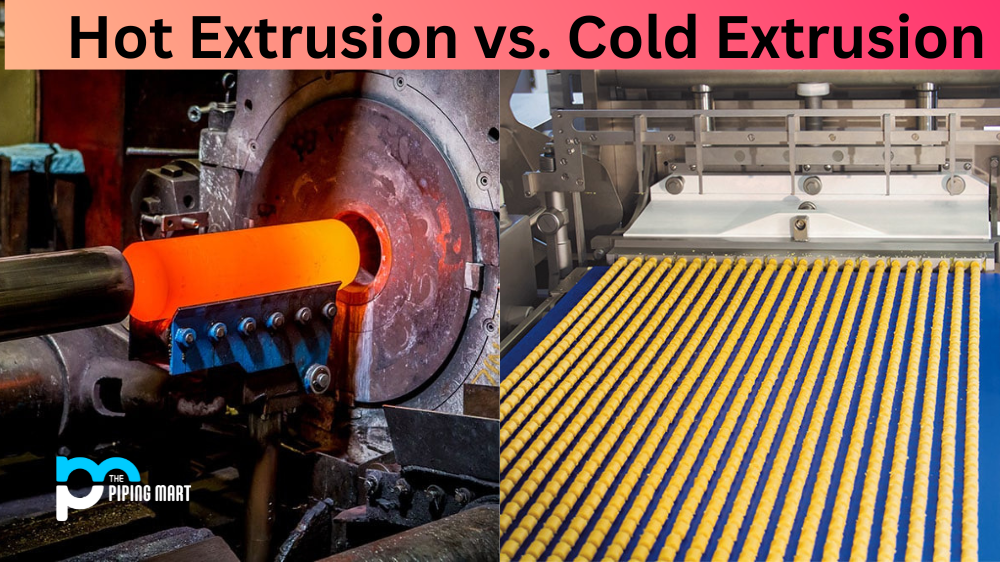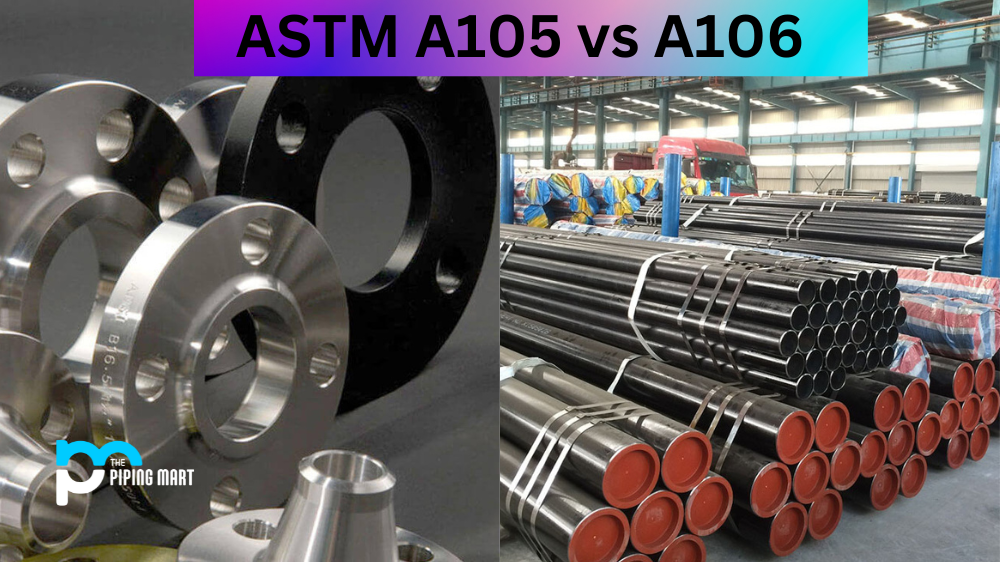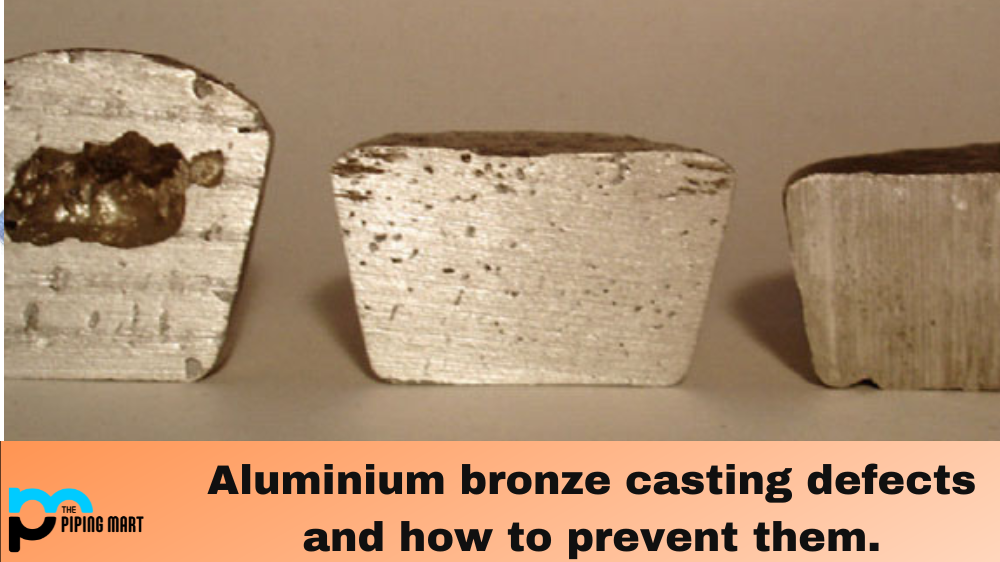Extrusion is a manufacturing process used to shape metal or plastic into the desired shape. There are two types of extrusion processes—hot and cold. Both have their own advantages and disadvantages, so it is important to understand the differences between them before deciding which one is right for your project. Let’s take a closer look at hot versus cold extrusion.
Hot Extrusion Processes
Hot extrusion is usually done with softer metals, such as aluminum and copper, due to their lower melting points. In this process, the metal is heated above its recrystallization temperature and then forced through a die. This creates parts with increased strength and improved surface finish compared to cold extrusion. The major downside to hot extrusion is that it can be more expensive than cold extrusion because of the extra energy required for heating the metal.
Cold Extrusion Processes
With cold extrusion, the metal does not need to be heated prior to being forced through a die. This makes it an ideal choice for harder metals like steel which require higher temperatures for hot extrusion methods. Cold extruding also produces parts with better tolerances than hot extruding and fewer defects due to less thermal stress on the metal during processing. However, this method typically requires more force and has greater tool wear than hot extruding processes due to increased friction in the dies caused by colder temperatures.
Hot extrusion vs Cold Extrusion
Hot extrusion and cold extrusion are two methods of metalworking that are used to shape metals. While the end goal is to achieve a desired shape, the differences between these two processes can be quite significant. Hot extrusion involves heating the metal prior to being placed in a die, which allows for greater control over its deformation. Cold extrusion, on the other hand, does not require any pre-heating as the metal remains undisturbed in its original integrity before it enters a die where it is subject to extreme pressure. As such, cold extrusion tends to yield stronger and more stable components than hot extrusion due to its limited strain rate. With both methods being able to produce high quality items, it largely comes down to the nature of the item being produced as well as its intended application in order to determine which type of extrusion should be used.
- Hot extrusion is a process that involves using high temperatures to force metal through a die.
- Cold extrusion is a process that involves using lower temperatures to force metal through a die.
- Hot extrusion is typically used for metals that are difficult to cold work, such as aluminum and copper.
- Cold extrusion is typically used for metals that are easier to cold work, such as steel and brass.
- Hot extrusion can be used to create shapes that would be impossible to create with cold extrusion.
- Cold extrusion can be used to create shapes with tighter tolerances than hot extrusion.
- Hot extrusion typically results in a higher quality product than cold extrusion.
- Cold extrusion typically results in a lower quality product than hot extrusion.
- Hot extrusion is typically more expensive than cold extrusion.
- Cold extrusion is typically less expensive than hot extrusion
Conclusion:
Extrusion is an effective manufacturing process used to create parts out of metal or plastic with accuracy and repeatability. Hot and cold are two distinct techniques that each have their own benefits depending on your specific application needs. Hot extruding works best with softer metals, while cold extruding works best with harder metals like steel but requires more force and tool wear due to increased friction in lower temperatures. Ultimately, knowing the differences between these two methods can help you choose the right one for your project needs, budget, and timeline goals!

Meet Bhavesh, a seasoned blogger with a wealth of knowledge and experience. From metal products manufacturing to retail, Bhavesh has a diverse background in various industries and is dedicated to sharing his insights and expertise with readers.




